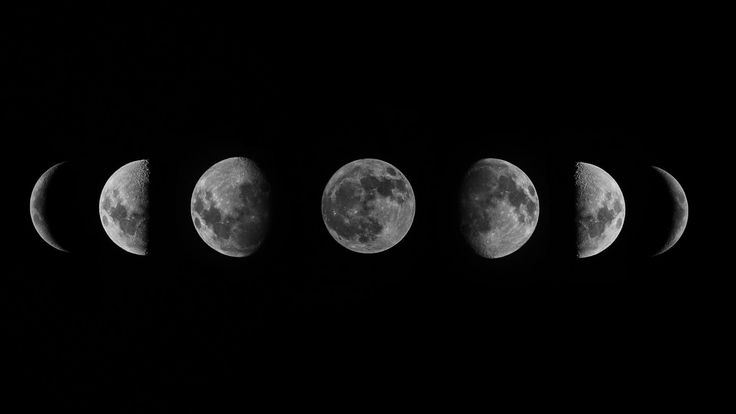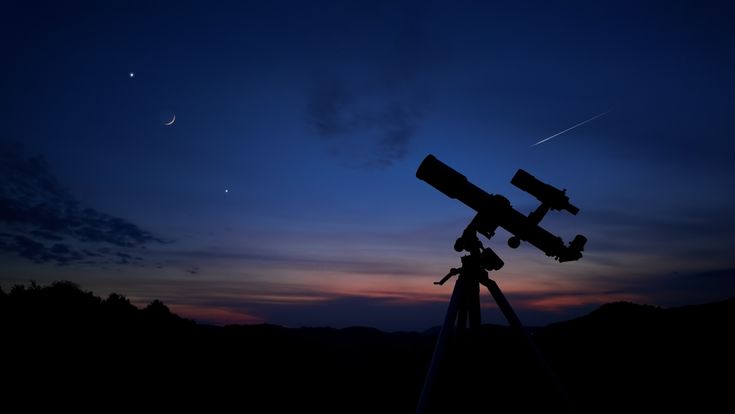A Night Where the Universe Comes Alive
In a world where light pollution dims the brilliance of the night sky, there are rare moments when we truly connect with the cosmos. One such magical experience is the Messier Marathon—an event that transforms an ordinary night into a journey across galaxies, star clusters, and nebulae. Designed for stargazers, students, and passionate astronomers, this unique challenge brings the vast universe just a little closer to Earth.
Charles Messier
The story begins in 18th-century France with a man named Charles Messier, a comet hunter who often found himself frustrated by bright, fuzzy objects that looked like comets but didn’t move. To avoid wasting time, he began cataloging these fixed celestial objects. Over time, he compiled a list of 110 such deep-sky objects—including galaxies, globular clusters, open clusters, and nebulae—forming what we now call the Messier Catalog.
Far from being distractions, these “nuisances” became some of the most beautiful and scientifically valuable objects in the night sky.

What is the Messier Marathon?
The Messier Marathon is a global tradition in the astronomy community. It is held during a short window in March or April when all 110 Messier objects are visible from sunset to sunrise. Participants challenge themselves to observe as many of these objects as possible in a single night.
The marathon is not just a test of patience—it’s a dance with the cosmos. It requires planning, precision, and a good understanding of celestial mechanics. You need to know when and where each object rises and sets, and you must be quick—some objects are visible for just a short window.
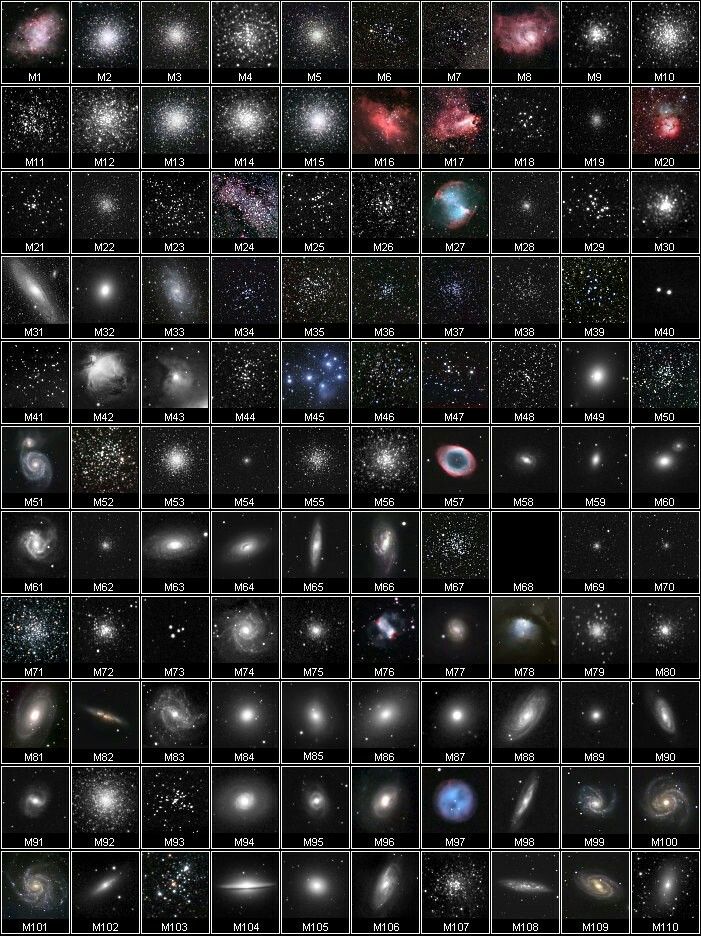
The Experience Under the Stars
The event usually begins before dusk, with telescopes lined up in an open field, away from city lights. As the sun sets and the sky darkens, participants begin scanning the horizon for the first Messier objects. The excitement builds with each successful sighting, especially for rare objects like the Whirlpool Galaxy (M51), the Ring Nebula (M57), or the elusive M74 galaxy, which is often the most difficult to observe due to its faint glow.
People work in teams or as individuals, using star charts, sky maps, and digital apps to navigate the night sky. From beginners to seasoned observers, everyone shares tips, cheers, and a collective sense of wonder.
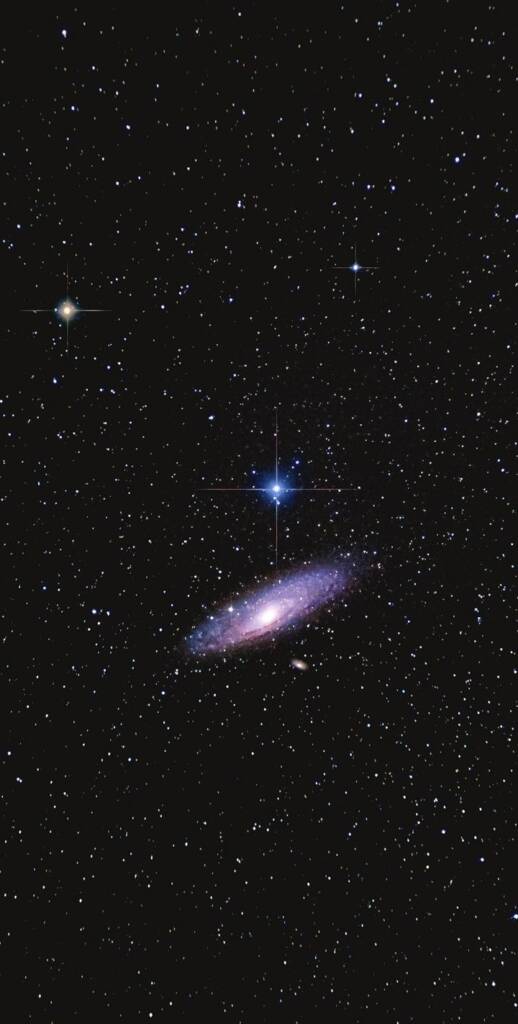
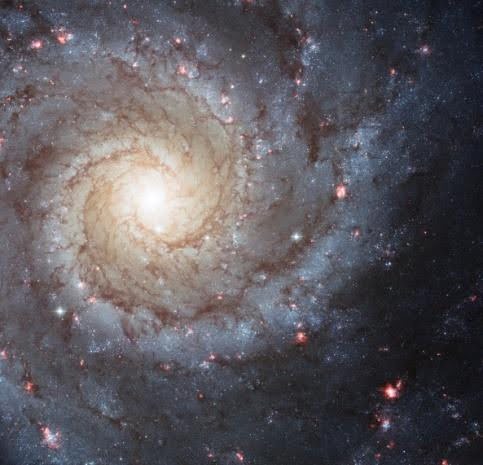
Beyond Observation: Learning and Inspiration
This marathon is more than just a stargazing event—it’s an educational and inspirational journey. Many participants walk away not just with a checklist of objects observed, but with a deeper appreciation of our universe.
Schools and science organizations often use Messier Marathons to teach students about astronomy in a fun and engaging way. It’s a practical lesson in physics, geometry, light, and the movement of celestial bodies—all learned under a star-lit sky.
“It was like chasing ghosts across the sky. Each time I found a nebula or galaxy, it felt like I had uncovered a secret of the universe.”
— Amateur Astronomer, 2024 Participant“Doing the Messier Marathon gave me more than knowledge—it gave me perspective. Looking at the same galaxies that Messier saw in 1774 is humbling.”
— Student Volunteer, Astronomy Club
Why It Matters
In an era dominated by screens and artificial lights, reconnecting with the night sky has profound significance. The Messier Marathon rekindles a sense of wonder, humility, and scientific curiosity. It reminds us that we are part of something far greater—a universe filled with mysteries waiting to be uncovered.
Whether you’re an astronomy club, a student, or just a sky lover, this experience will stay with you for a lifetime

